Here’s are the steps for running an inductive lesson based on Hilda Taba’s model of Concept Formation. Plus a sample lesson about the Nile River.
All AboutInductive Learning
When students think inductively, we give them concrete examples and allow them to:
- note the important details
- discover patterns, categories, or groups
- create a generalization which summarizes their findings
Inductive thinking is messy but reflective of authentic decision-making, discovery, and creativity. Here are articles to help you incorporate inductive thinking into your lessons:
Creating Seemingly Unrelated Analogies
Want to encourage students to find unexpected connections across content? Here’s a quick framework based on the most important terms from both bits of content.
The Surprises Within a Triangle’s Angles
Discovering what is interesting and unexpected about a triangle’s angles. What twists have I unintentionally spoiled for my students over the years?
Encourage Curiosity With Calculators
It’s easy to fall in love with chasing the newest technology to use in the classroom. But sometimes, the perfect tool is a plain old calculator. We’ll be using this tool to develop curiosity about math.
Creating A Class Motto
Using Hilda Taba’s model of inductive thinking, use your students’ prior knowledge to develop a statement about expected class behavior.
Inductive Thinking in Spelling and Vocabulary
Let’s look at a couple ways to bring inductive thinking into word studies. We’ll examine simple plural rules all the way up to etymology of foreign words in English.
Math Game: The Game of 100
The Game of 100 is a simple game requiring no supplies, yet it opens up a rich world of exploring strategy and a little mental math.
Differentiate Math with Inductive Learning
With inductive learning, we still define terms, explain rules, and practice, but the order is different. We’re harnessing gifted students’ natural abilities to enhance our lessons.
Empower Students to Think Inductively
When Sherlock Holmes infers Watson’s hometown from just a few details, he’s thinking inductively. We can set up lessons to capitalize on this same method of thinking.
Inductively Evaluate Website Reliability
Last time, we discussed a few ways to help students search Google. Google helps us find related websites, however its ranking system does not necessarily return the most reliable pages. The final step requires our human mind to make difficult decisions that computers can only approximate. Simply choosing the top result is not enough. We must teach our students to evaluate websites.
